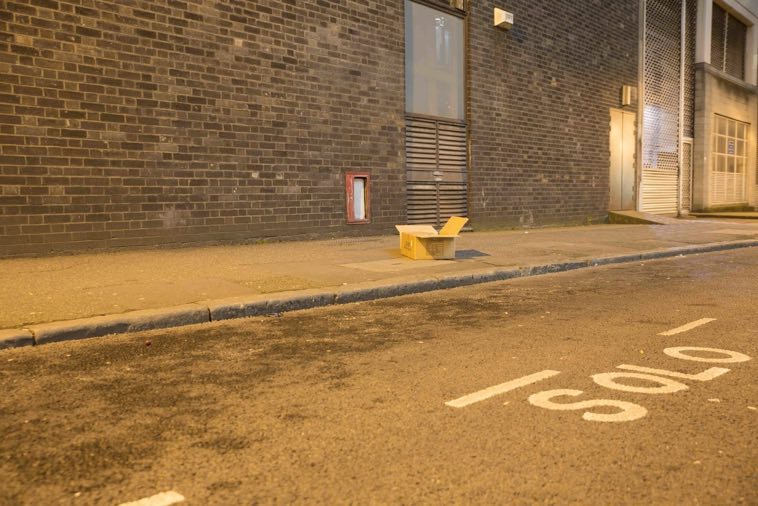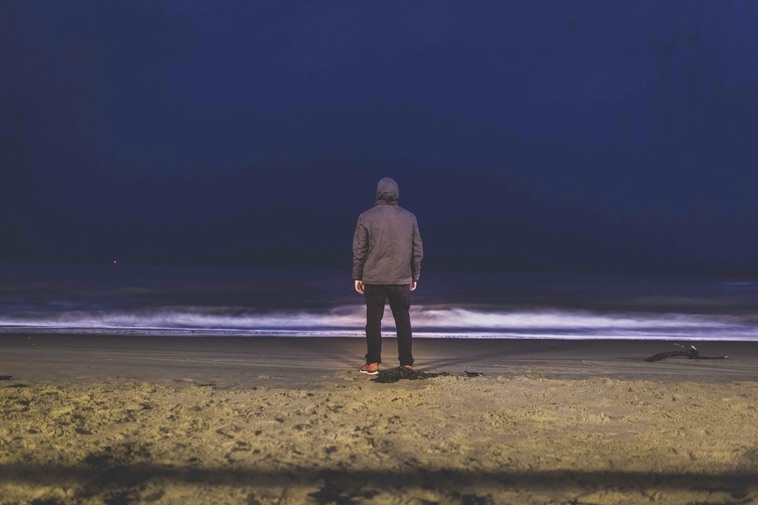“Converse to the hyper-stimulation, the strong desire to be alone, I can feel empty, and lonely. Disconnected from the big, brash and busy city around me that doesn’t care whether I’m here or there. In London, life charges on, people come, people go. The city doesn’t stop. When I come back to London, it doesn’t open its arms to me like my weird, scruffy home town; that observes returners and newcomers with a reserved curiosity. London snatches you from the train platform with barely a greeting and chivvies you along like an impatient, mischievous and rather glamorous aunt - ‘come on, time to get back on, the ride isn’t going to stop…’”
Alice Fulton, 2017
As the project progresses I’m continuing to seek submissions from wherever I can get them. The text above is an excerpt from a submission from my friend Alice Fulton, who responded to the call and sent me some free prose in response to the theme.
At the close of the previous module I put out a call on Instagram asking for contributions to the project. The response to the call was disappointing with only one person coming forward to contribute. I am in contact with him now and am looking forward to receiving his submission soon…he has already submitted a provisional image.
Call for submissions via Instagram
Currently the project seems to be at something of a crossroads, where I feel like its future direction can only be determined once a new batch of responses come in. I still believe in the benefit of eliciting and including outside submissions to hopefully produce a more rounded final product than if I persisted with a project derived from a singular voice. I am aware though of a nagging sense of inertia that seems to be taking hold and I will need to fight this to prevent the impulse being lost.
One thing I’m looking to do in the next phase of the project is to create collaborative portraits with those who have agreed to submit work to the project. I have in mind an idea to work on creating portrait images that further elaborate on the submissions that each person has provided, and have discussed this idea provisionally with a couple of the people who submitted during the last module. Hopefully I’ll have something to you show you and more to say about this in the near future.







